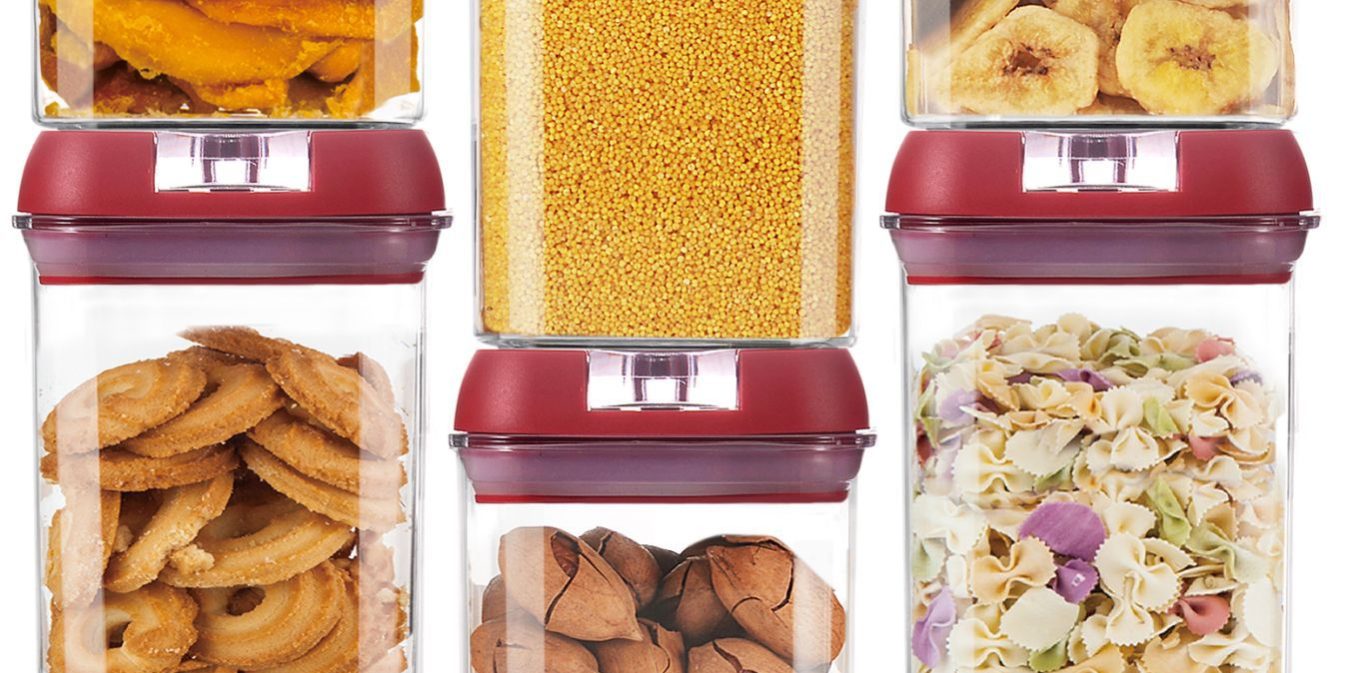Plastic storage boxes offer convenience and versatility, but it’s essential to consider their environmental impact as well. Plastic, being a non-biodegradable material, raises concerns about waste generation and pollution. In this blog, we’ll explore the environmental aspects of plastic storage boxes and discuss ways to mitigate their impact.
Material Composition: Most plastic storage boxes are made from polypropylene (PP) or high-density polyethylene (HDPE). These materials are durable and resistant to moisture, making them suitable for storage purposes. However, their long decomposition time poses a challenge when it comes to environmental sustainability.
Waste Generation and Recycling: Improper disposal of plastic storage boxes contributes to plastic pollution. To address this issue, it’s crucial to recycle these boxes whenever possible. Check local recycling guidelines to determine if your plastic boxes are accepted. Some manufacturers also offer recycling programs for their products, allowing the materials to be reused and reducing the demand for virgin plastic.
Sustainable Alternatives: Consider exploring eco-friendly alternatives to traditional plastic storage boxes. Some options include boxes made from recycled plastic or biodegradable materials. While these alternatives may have certain limitations, they contribute to a more sustainable approach to storage.
Extended Use and Upcycling: To minimize the environmental impact of plastic storage boxes, prioritize their extended use. Repurpose old boxes for various purposes around your home or workspace. Upcycling can give the boxes a new lease on life and delay their entry into the waste stream.
In conclusion, while plastic storage boxes offer practicality, their environmental impact should not be ignored. By making informed choices, recycling, and exploring sustainable alternatives, you can play a part in reducing the ecological footprint associated with these storage solutions.

























